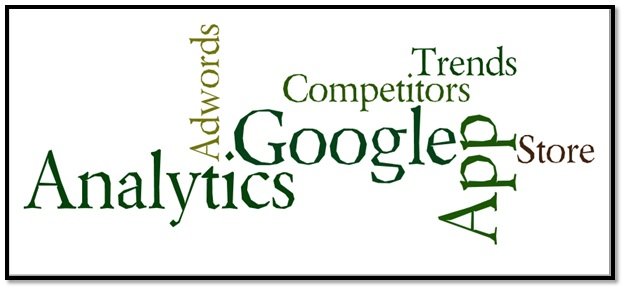ASO can be quite a misleading term. It may seem like SEO (Search Engine Optimization), but it is a far cry from it. App Store Optimization (ASO) is a multi-faceted field. An ASO professional is like a juggler, who has to keep on increasing the number of balls. The success of this remarkable trick comes down to some basic and unique app store optimization techniques.
But, you don’t need just the app store optimization tips. You need the right context too, so you can make them a profitable choice. Read on to know the best techniques and when to use them.
Be a marketer before anything else
Digital media is a myriad of ASO tips and techniques. You search for one, you will get thousands. But, will they work for you? Will they really help you improve the ROI of your app? That’s why you need to be a marketer first and foremost to identify the right context for these tips. Most digital professionals, app store optimization professionals and websites offer data-based information. But jumping right into it will only serve to confuse you.
Don’t get into app marketing, SMO techniques or open a microsite without confirming the context. What is the context for every ASO tip?
“Know Thy Target Audience”
What works on Google Play will not necessarily work on iTunes. What works for messaging, chatting and social networking apps may not work for a game, a note-taking app or a health app. Therefore, once you plan to launch an app for your business, don’t answer these three questions without exhaustive market and competitor research.
1. Which app store do we launch it in?
2. What is the USP of this app?
3. What is the cost of the app?
4. What kind of user experience are we looking for?
If you need help with the answers to these questions, you should hire a digital marketing or SEO service, who knows about app store optimization. Alternatively, you can gather similar intel from the following:
Remember, you will have to continue to refer to these sources because ASO is an endless process.
Work app store elements like an advertiser
90% of your app store optimization techniques are about app store landing page elements. Each of them has their own context. You need to approach these elements and context like an advertising professional. That’s what you will need to be to create the app store landing page of your app.
Category: The right category is just like the optimum time for a TVC (television commercial) or perfect page position for a print ad. You need to be in the best suited category to be discovered by app-hungry visitors. It is not tricky for every app. But, it can be super-tricky for new app ideas and an app that can be listed in multiple categories.
App name or App title: This is like a brand name. But, when it comes to app store optimization, you need the right balance of branding and keyword optimization. You need to research app stores extensively to find out what works and what doesn’t.
App icon: It is your app’s logo and has to be memorable. More importantly, it has to express the function of the app in a creative style.
Screenshot: In terms of advertising, screenshots are like a visual layout. It has to be stunning and convey a story through the order and design of your app. It is the first impression of your app. So, make it the best one you can. You should be able to communicate the core benefits of your app through screenshots.
Video demo: This is a 30 second TVC (television commercial). It must have an engaging way to connect with your target audience. Create an interesting and engaging journey for your target audience.
App description: This is like the body copy of a print ad. But, it is very important for app store optimization. Your first two sentences are like a headline. That’s all most people will see. But, the entire copy has to be good enough to persuade a reader to download the app instantly. It must:
Keywords: You will need to use the right keywords. Your top 5 competitors on the app store is a great start, but Google Adwords, Google Analytics, and Google trends will also help a great deal. You will need to use primary keywords early for iTunes optimization, since there is space provided for 100 characters only. But, Google Play allows you to use up to 4,000 characters, which does simplify it. Nevertheless, here are some tips for app store keyword optimization.
Manage the app like you will manage a destination
A destination manager and you have the same goal: Attract more people while retaining as many of the arrivals as you can. You need to increase the total number of downloads and retain existing users too. That’s a herculean task because the ways to attract more traffic and improve retention rate keep on evolving every single day. You can hardly do them all. So, if you understand the brand and target audience, then you can select the best channels for post-launch app store optimization such as:
Cloud – white hat SEO, link building, SMO, SMM, customer care, ratings, reviews, app analytics, app marketing, PR, in-built response, freebies, surveys, app updates, soft launch, a/b testing, in-app mobile marketing, app promotion, app speed, brand trust, microsite, professional reviews, guest blogging, etc.
Here are some of the Key Performance Indicators (KPIs) for apps that you need to monitor regularly. You can choose the suitable ones from the following list.
So there you have it. ASO tips and techniques that will definitely help you put your app on the map.


